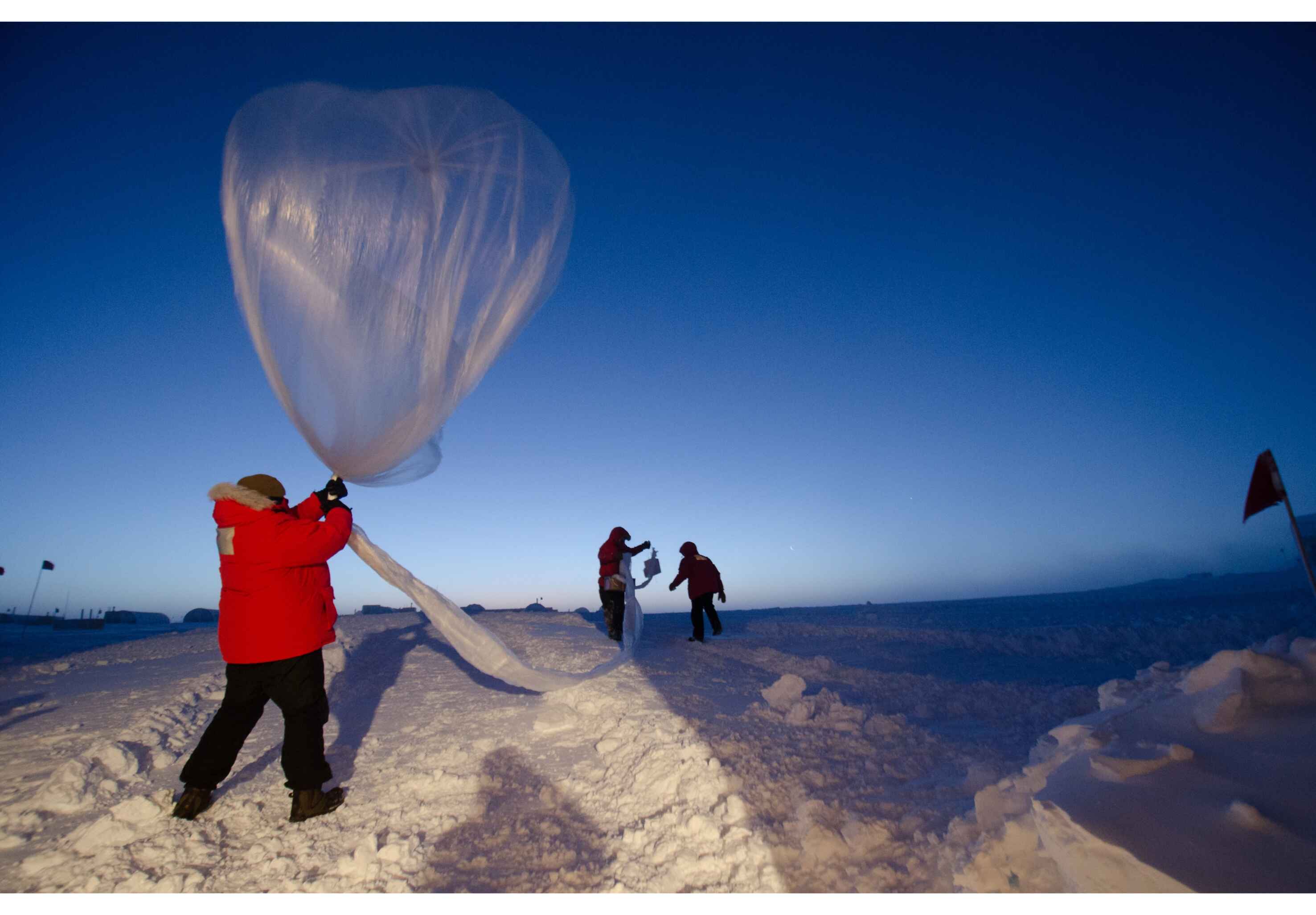
The Business Case for Climate Responsibility
Details
Introduction
In today's rapidly changing world, it's no secret that climate change is one of the most pressing global challenges we face. The effects of climate change, from extreme weather events to rising sea levels, are becoming increasingly evident. As a result, individuals, communities, and governments worldwide are taking action to mitigate and adapt to these changes. But what about businesses? Is there a compelling business case for climate responsibility? In this article, we will explore why embracing climate responsibility is not only an ethical choice but also a smart business strategy that can lead to long-term success.
Understanding Climate Responsibility
Before delving into the business case for climate responsibility, let's clarify what it entails. Climate responsibility, also known as corporate social responsibility (CSR) in the context of environmental concerns, refers to a company's commitment to minimizing its environmental impact and, ideally, making a positive contribution to sustainability. This can encompass a range of actions, including reducing greenhouse gas emissions, conserving natural resources, and supporting renewable energy sources.
The Ethical Imperative
While the ethical argument alone should be a compelling reason for businesses to embrace climate responsibility, it's important to acknowledge that companies are made up of individuals, and these individuals often share a deep concern for the environment. Employees, customers, and investors increasingly expect businesses to operate in an environmentally responsible manner. Failing to do so can lead to reputational damage and a loss of trust among stakeholders.
Additionally, many companies recognize the importance of preserving the planet for future generations. The moral obligation to take action against climate change is a driving force for many businesses to adopt climate responsibility as a core value.
Competitive Advantage
Beyond ethics, there are tangible benefits to be gained from adopting climate responsibility within a business. One of the most significant advantages is a competitive edge. As consumers become more environmentally conscious, they are more likely to support and invest in companies that demonstrate a commitment to sustainability.
A recent Nielsen study found that 66% of consumers are willing to pay more for products and services from companies committed to reducing their environmental impact. This presents a significant opportunity for businesses to not only attract environmentally conscious consumers but also command premium pricing for their products and services.
Furthermore, climate responsibility can be a differentiator in highly competitive markets. By incorporating sustainability into their brand identity, companies can stand out from the crowd and create a unique selling proposition. This can lead to increased market share and a more loyal customer base.
Cost Savings
One of the most immediate financial benefits of climate responsibility is cost savings. Many sustainability initiatives, such as energy efficiency improvements and waste reduction programs, can result in substantial cost reductions. For example, by implementing energy-efficient technologies and practices, businesses can lower their energy bills and decrease operating expenses.
Moreover, reducing waste and optimizing resource use can lead to significant savings in the long run. Companies can also explore renewable energy sources, which may involve an initial investment but can provide substantial cost savings over time.
Resilience to Climate Risks
Climate change brings about various risks to businesses, from supply chain disruptions due to extreme weather events to increased regulatory scrutiny related to environmental impact. By taking proactive steps to address these risks, businesses can enhance their resilience.
For instance, businesses with diversified supply chains and disaster recovery plans in place are better equipped to navigate disruptions caused by climate-related events. Additionally, companies that track and reduce their carbon emissions may be better positioned to comply with future regulations aimed at curbing greenhouse gas emissions.
Access to Capital
Investors are increasingly considering environmental, social, and governance (ESG) factors when making investment decisions. Companies that prioritize climate responsibility are more likely to attract investment from ESG-focused funds and socially responsible investors.
This access to capital can be critical for business growth and expansion. It allows companies to secure the necessary funds for research and development, expansion into new markets, and the development of sustainable practices. Moreover, investors who support sustainable companies may be more patient, understanding that long-term sustainability efforts can take time to yield significant returns.
Innovation and Market Opportunities
Climate responsibility often spurs innovation within companies. Sustainability goals can drive research and development efforts to create more efficient and eco-friendly products and processes. This innovation can lead to the development of new revenue streams and market opportunities.
For example, the renewable energy sector has experienced tremendous growth in recent years, driven by the need for cleaner energy sources. Companies that invest in renewable energy technologies and services can tap into this growing market and diversify their revenue sources.
Additionally, sustainability efforts can open doors to partnerships and collaborations with like-minded organizations. These partnerships can lead to joint ventures, new product lines, and expanded customer bases.
Long-Term Viability
Ultimately, the business case for climate responsibility is about ensuring long-term viability. Businesses that ignore the environmental consequences of their operations may find themselves ill-prepared to thrive in a world characterized by resource constraints and a changing climate.
By embracing climate responsibility, companies position themselves as forward-thinking and adaptable. They demonstrate their commitment to addressing the challenges of today and tomorrow. This long-term perspective not only helps a business survive but also positions it to thrive in a world where sustainability is a key driver of success.
Conclusion
The business case for climate responsibility is strong and multifaceted. Beyond the ethical imperative of addressing climate change, businesses can gain a competitive advantage, achieve cost savings, enhance resilience to climate risks, access capital, drive innovation, and ensure long-term viability. In a world where sustainability is becoming increasingly important to consumers, investors, and regulators, adopting climate responsibility is not just a choice—it's a strategic imperative for businesses looking to thrive in the years to come. By integrating sustainability into their core values and operations, businesses can make a positive impact on the planet while reaping the benefits of a more sustainable and prosperous future.









